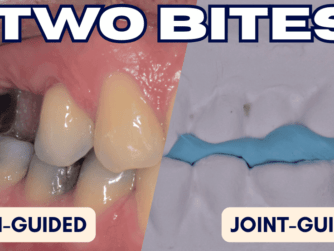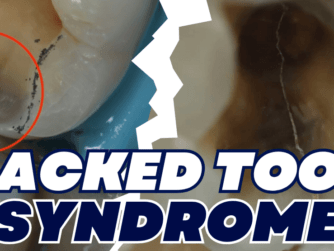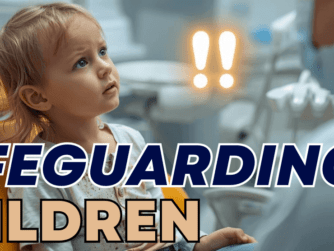Podcast: Play in new window | Download (Duration: 1:13:21 — 103.2MB)
Subscribe: RSS
I left you on a bit of a cliffhanger last episode – but now you can finish off Andy’s ‘origin story’ of Posterior Guided Occlusion (PGO) and understand how this is practically implemented on patients.
If you missed Part 1 and the ebook by Dr Andy Toy, check it out.
The Protrusive Dental Pearl for this episode is continuing on the theme of Dental Photography I have been posting about on my Instagram. When taking portrait photos for your patients with a ring flash, point the ring flash at the ceiling, rather than at the patient’s face. This creates a softer, nicer image!
If you missed out on my Butterfly Effect webinar, you can now check it out on www.protrusive.co.uk/butterfly – it’s about how seemingly small events in your career can compound and change the entire trajectory of your dental career.
I added a new book to the book list – the Danish Way of Parenting!
In this episode we discuss:
- Structural school of thought vs Functional school of thought
- The relationship between the condylar movement and the teeth
- The mathematical equation that is evidence for PGO
- I ask Andy questions to test PGO
- What does he mean by functional contacts?
- What is the healthy clench?
- We debate anterior guides vs posterior guides
- How does this apply to the patient with large masseter muscles who keeps breaking cusps?
- How many ‘centrums’ are enough?
- What Andy is prescribing in Clinchecks for the posterior occlusion
- How to finish the occlusion on an orthodontic case – and how Andy makes this ‘patient driven’
- How Andy finishes 60% of his Invisalign cases with a ‘Dahl appliance’
- Is Centric relation important to achieve?
- Andy tells us the birth of Canine Guidance







